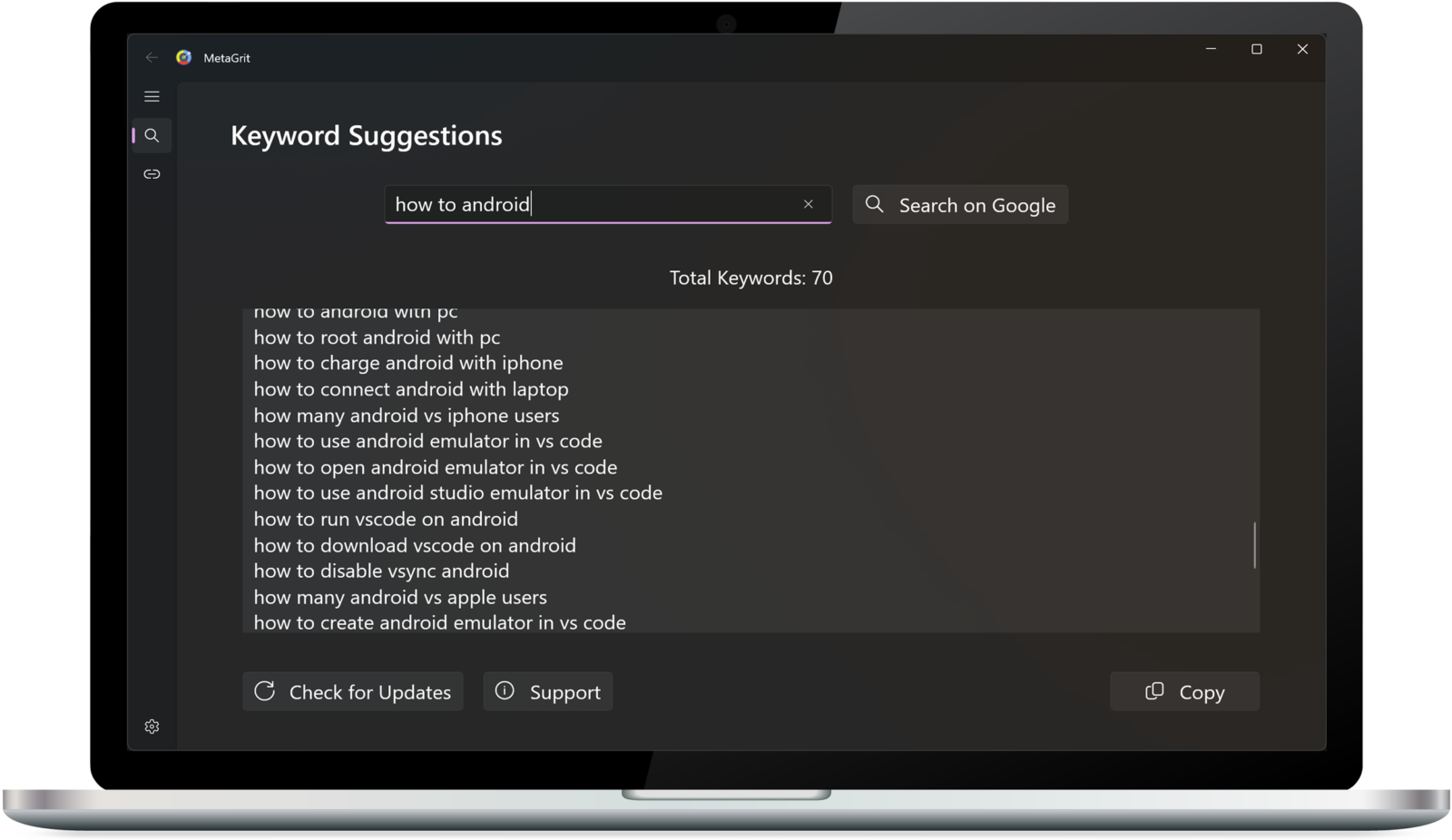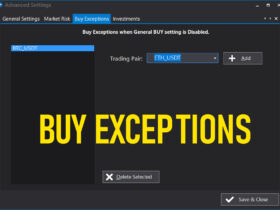Optimizing your blog posts or articles for search engines is essential for increasing your online visibility. One of the most effective ways to do this is by focusing on long-tail keywords—specific phrases that users often search for when they’re closer to making a purchase or finding detailed information. MetaGrit is a free, portable Windows tool designed to help you find these valuable long-tail keywords directly from Google search data, making it easier to optimize your content. In this tutorial, we’ll guide you through the process of using MetaGrit to find long-tail Google keywords for your blog posts or articles.
What Are Long-Tail Keywords?
Before we dive into the tutorial, let’s quickly recap what long-tail keywords are:
- Long-tail keywords are specific and often longer phrases compared to broad keywords. For example, “best eco-friendly yoga mats for beginners” is a long-tail keyword, while “yoga mats” is more generic.
- These keywords typically have lower search volume but higher conversion rates because they target users with specific search intents.
- Optimizing your content for long-tail keywords can help you attract a more targeted audience, improve your search engine rankings, and increase your chances of converting visitors.
Getting Started with MetaGrit
MetaGrit is a portable tool that simplifies the process of finding long-tail keywords directly from Google. Here’s how to get started:
Step 1: Download and Set Up MetaGrit
- Download MetaGrit:
- Visit the official MetaGrit website or a trusted platform where it is hosted. Download the compressed ZIP file containing the MetaGrit tool.
- Unzip the Files:
- After downloading, locate the ZIP file in your downloads folder. Right-click on the file and select “Extract All” or use your preferred file extraction tool to unzip the contents into a folder of your choice.
- Create a Shortcut:
- Once the files are extracted, locate the
MetaGrit.exefile within the unzipped folder. Right-click on theMetaGrit.exefile and choose “Create shortcut.” You can move this shortcut to your desktop or another convenient location for easy access.
- Once the files are extracted, locate the
- Launch MetaGrit:
- Double-click the
MetaGrit.exeshortcut to launch MetaGrit. Since it’s a portable tool, there’s no need for installation, and it’s ready to use immediately.
- Double-click the
Step 2: Enter Your Seed Keyword
- Identify a Seed Keyword:
- Start by identifying a broad term related to the topic of your blog post or article. This is known as the “seed keyword.” For example, if you’re writing about eco-friendly yoga products, your seed keyword might be “yoga mats.”
- Enter the Seed Keyword into MetaGrit:
- In the MetaGrit interface, locate the search bar or input field. Type your seed keyword into this field and click the “Search” button or hit Enter to begin generating keyword suggestions from Google.
Step 3: View Long-Tail Keyword Suggestions
- Review Keyword Suggestions:
- After entering your seed keyword, MetaGrit will generate a list of related long-tail keyword suggestions directly from Google’s search data. These keywords reflect what users are actually searching for on Google, making them highly relevant for SEO.
- Select Relevant Keywords:
- Browse through the list of suggested keywords and select the ones that are most relevant to your blog post or article. Focus on keywords that are specific to your content and match the search intent of your target audience.
Step 4: Copy Keywords to Clipboard
- Copy the Keywords:
- Once you’ve reviewed and selected the relevant keywords from the list, use the “Copy to Clipboard” feature in MetaGrit. This allows you to easily copy the entire list of keywords.
- Paste the Keywords:
- Open a text editor (such as Notepad, Word, or Google Docs) and paste the copied keywords into a document. This will allow you to save, organize, and reference the keywords later when you’re optimizing your content.
Step 5: Optimize Your Content
- Integrate Keywords into Your Content:
- Use the selected long-tail keywords strategically throughout your blog post or article. Incorporate them into key areas such as the title, headings, meta descriptions, and the body of your content. Ensure that the keywords fit naturally into the content to avoid keyword stuffing.
- Monitor Performance:
- After publishing your content, use tools like Google Analytics or Search Console to monitor its performance in search engines. If necessary, tweak your content to further optimize it for the selected keywords.
Additional Tips for Using MetaGrit
- Explore Alternative Keywords: Use MetaGrit to explore alternative long-tail keywords that could be used in different sections of your content or for future blog posts.
- Stay Updated on Trends: Regularly check MetaGrit for new keyword suggestions, especially as search trends evolve over time.
- Experiment with Multiple Seed Keywords: Entering different seed keywords can help you uncover a broader range of long-tail keywords and expand your content strategy.
Conclusion
Optimizing your content with long-tail keywords is a powerful way to increase its visibility in Google search results and attract a more targeted audience. MetaGrit, as a free and portable Windows tool, makes it easy to find these valuable keywords directly from Google, helping you create content that ranks well and meets the needs of your readers.
By following this tutorial, you can effectively use MetaGrit to enhance your SEO strategy, improve your blog’s search engine rankings, and drive more organic traffic to your content. Happy keyword hunting!





Leave a Reply